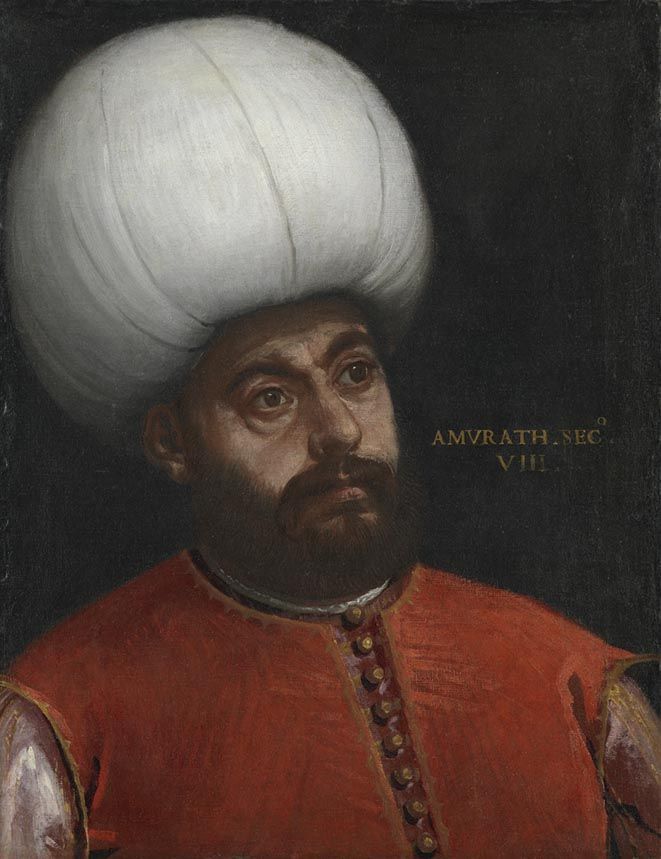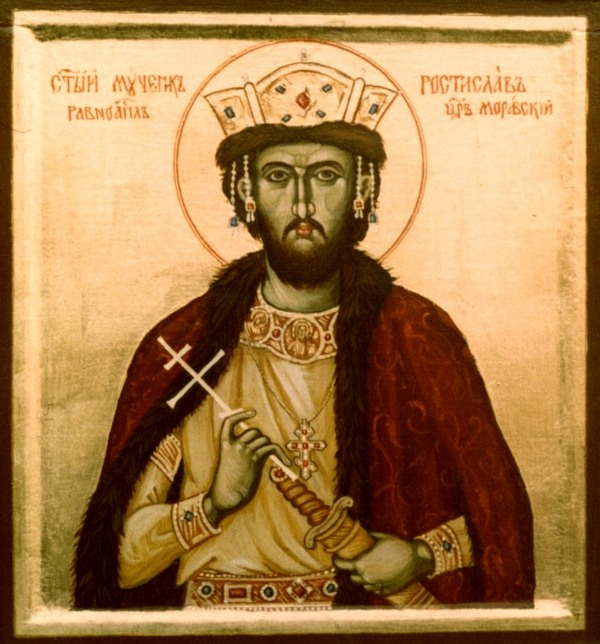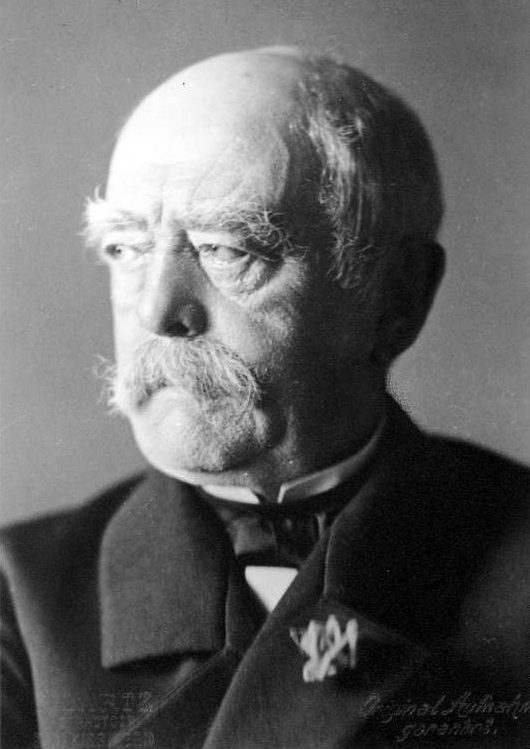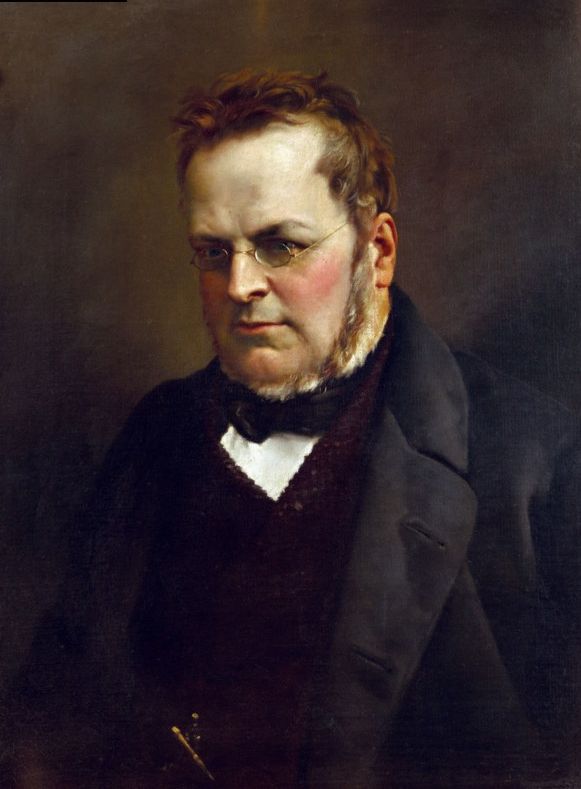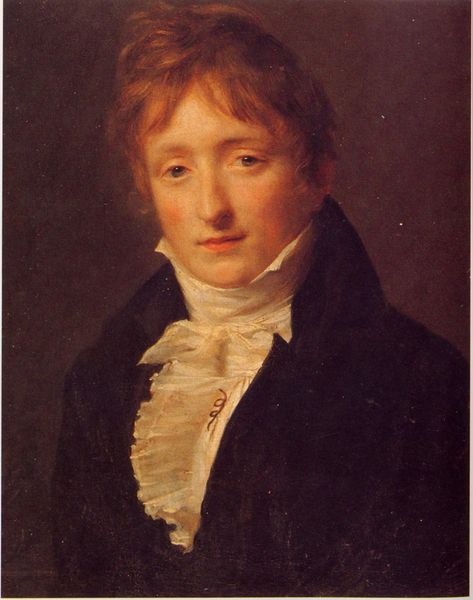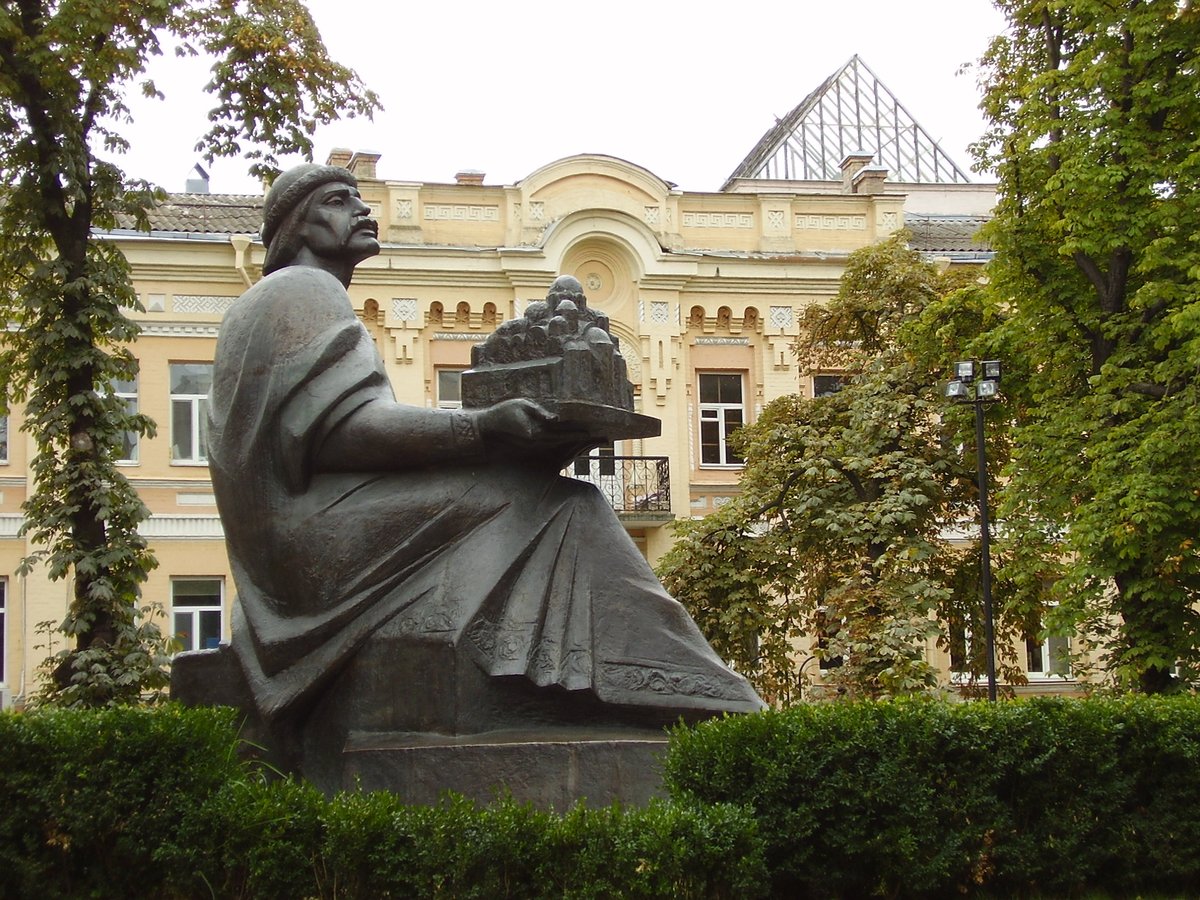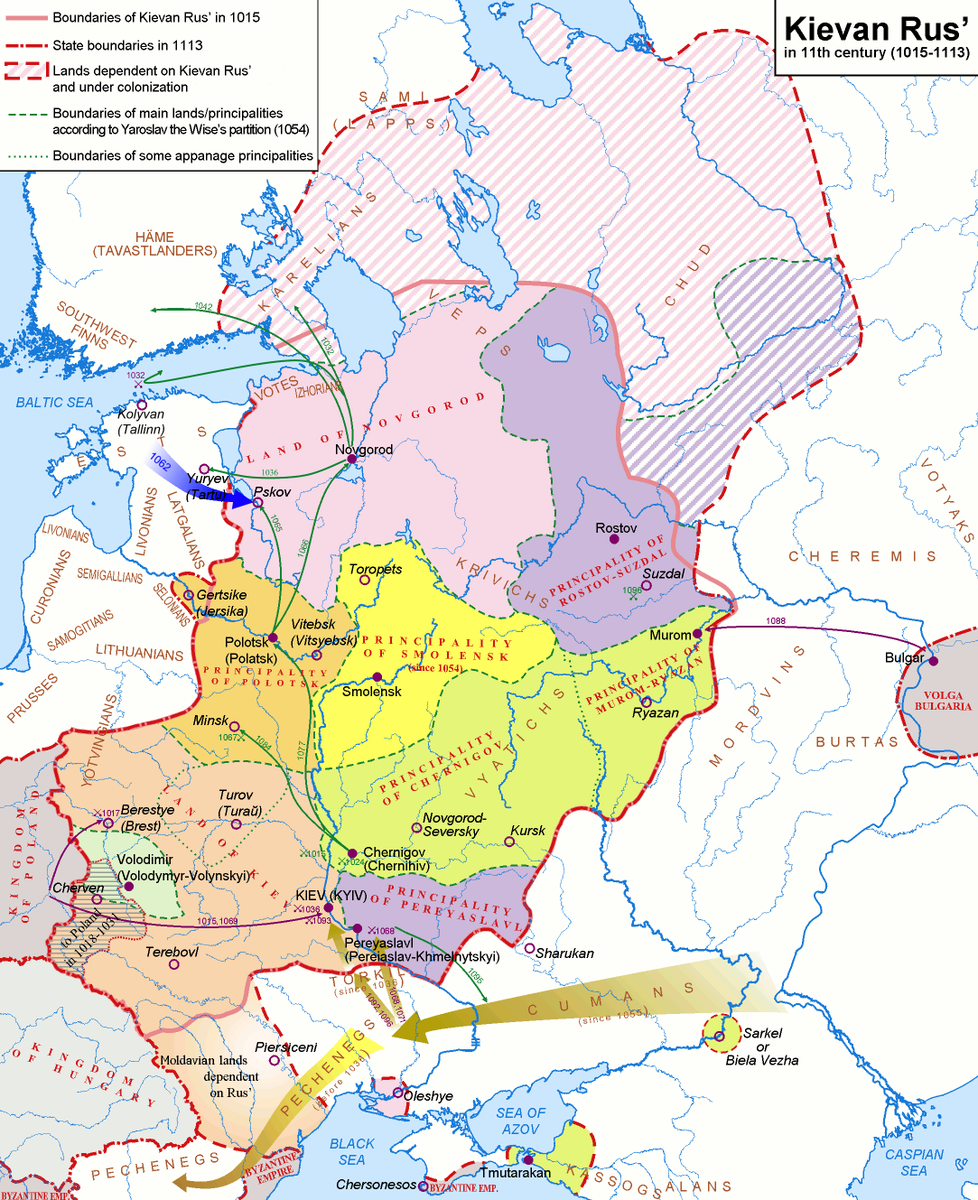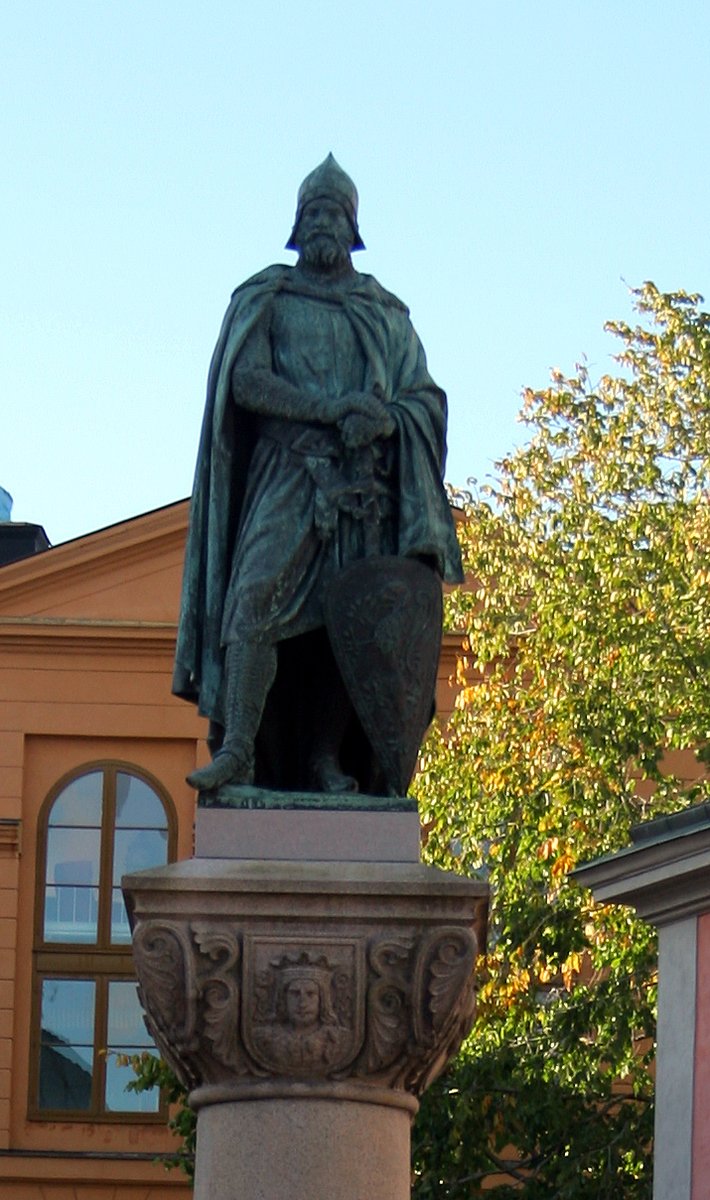In Asimov's Foundation trilogy, there is an Empire in its last days, and as it crumbled many succeeded it, forging their own path.
One state gained by adopting the legacy of a crumbling Empire, though it took a thousand years for the gain to materialize.
Story in the evening ..
One state gained by adopting the legacy of a crumbling Empire, though it took a thousand years for the gain to materialize.
Story in the evening ..
https://twitter.com/Arby_K/status/1470581844840103940
Recaredo was born around 560 to Leovigildo. They lived in the Visigothic Kingdom in the Iberian peninsula. The Visigoths held rule over a large part of the peninsula after the collapse of the Roman Empire in the West in 476. 1/10 

The 550s saw the Visigoths in a state of civil war, with the King Agila struggling against Atanagildo. With help from Constantinople, Atanagildo deposed Agila and became King. But this also led to Constantinople acquiring area in the peninsula. 2/10 

The presence of Constantinople changed the power equations in the peninsula. The people of the Roman Empire, including in the Iberian peninsula, followed the Roman version of Christianity, updated after Council of Chalcedon in 451. But Visigoths followed Arian Christianity. 3/10 



King Atanagildo was unable to remove Roman authority from the peninsula. After his death in 568, the Visigoths elected another King - Liuva, brother of Leovigildo. Leovigildo married the King's widow, Gosvinta. Leovigildo succeeded his brother as King in 573. 4/10 

Leovigildo campaigned to unite the Iberian peninsula under his rule and was largely successful. He had conquered the Kingdom of the Suevi by 585. He also encouraged the population to take up Arian Christianity, but was not as successful. 5/10 

Instead, Recaredo's elder brother, Hermenegildo, left Arian Christianity and rebelled against his father in 581. But Leovigildo defeated his son, who was later exiled and executed. Recaredo succeeded his father as King in 586. 6/10 

Recaredo, however, took a different stance on religion from his father. In 589, at the Council of Toledo, he accepted Roman Christianity and initiated conversion of his Kingdom to the Roman faith, thereby uniting the Iberian peninsula in faith, at least in theory. 7/10 

Recaredo was succeeded by his son, Liuva, in 601. But Liuva was quickly deposed in 603, threatening to reverse Recaredo's change in religion. But after an initial period of instability, Recaredo's change got reinforced. In 621, Recaredo's younger son, Suíntila, became King. 8/10 

In 624, Suíntila conquered the remaining part of the Iberian peninsula ruled by Constantinople and united the Iberian peninsula under one rule. But the Kingdom did not last long. In 711, Umayyads began their conquest of the peninsula and had captured most of it by 718. 9/10 



But a small Kingdom stayed on under Pelayo, who defeating the Umayyads at Covadonga. The next seven centuries saw Christian Kingdoms work, at times, together, to retake the peninsula, with the help of the Church in Rome - A mission that became complete in 1492 with Granada. 10/10 



• • •
Missing some Tweet in this thread? You can try to
force a refresh


